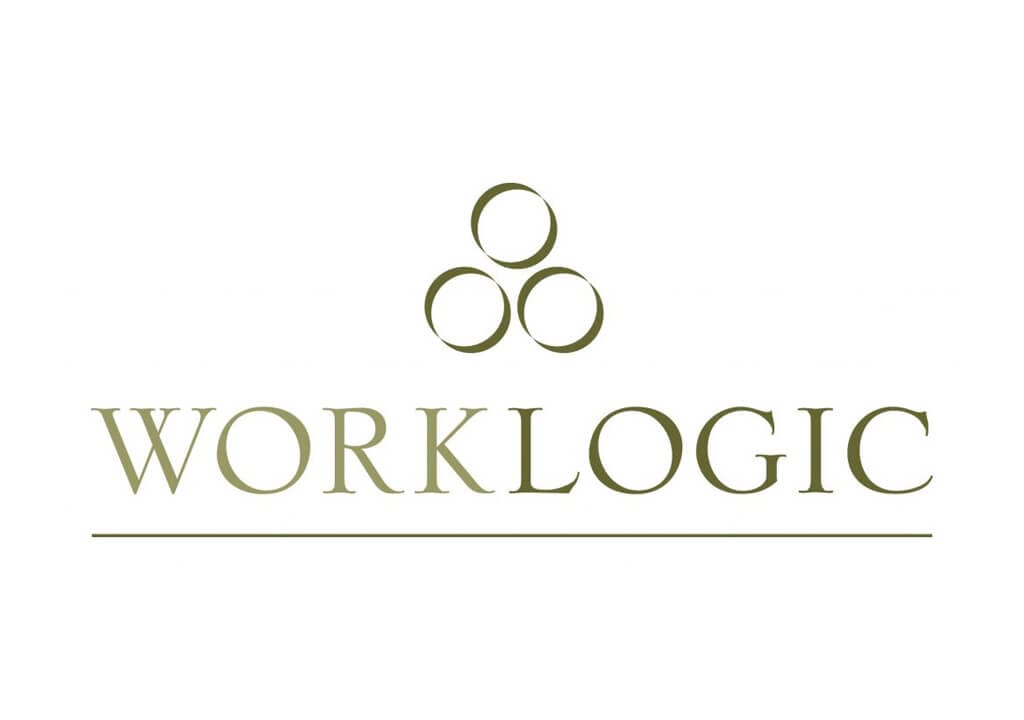It’s a truism that employees are going to be offended by different things. Each of us has a distinct set of sensibilities, shaped by culture, disposition and individual experience. For this reason, it sometimes seems that your bullying is not my bullying. Without investigating the sequence of behaviours that sometimes coalesces for a complainant with a final and seemingly (to others) trivial word or action, it can be hard to understand why a person feels bullied.
That is why we need legal definitions of bullying that can apply a declared communal standard, independent of individual sensibilities.
The Fair Work Act (FWA) provides that a worker is “bullied at work” if the following two criteria are met:
1. An individual or group of individuals repeatedly behaves unreasonably towards the worker or a group of workers of which the worker is a member; and
2. That behaviour creates a risk to health and safety.
There is, however, one form of bullying which makes everyone of us shudder in exactly the same way; being bullied by a group of individuals. The obvious imbalance of power and inherent injustice in being singled out for contemptuous treatment by a mob of colleagues, usually makes for a very clear case of bullying.
Mobbing
Unfortunately, there is ambiguity around the legal remedy available under the FWA for group bullying (or mobbing). The shortfall arises where each employee has only engaged in one unreasonable behaviour.
In Hammon v Metricon Homes Pty Ltd T/A Metricon Homes and [1], the Fair Work Commission (FWC) found that if four employees each engage in one unreasonable, hostile act to one individual, and they have not acted in concert, it is not bullying as each individual has not engaged in repeated behaviours. In making this finding, the Commission has applied a definition of bullying that is focused on the perpetrators, who have all, independently, behaved aggressively or unreasonably towards a person, but once only. For the victim of bullying, who has experienced a series of unreasonable behaviours – made worse because the perceived shared nature of the negativity – the statutory interpretation taken in Hammon’s case leaves them without redress.
The Commission appeared to require, for repeated bullying to be found to have occurred, that the employees had acted in concert and to have formed a collective intent to bully. It is interesting to note that there is no express requirement in the FWA definition of bullying that a group of individuals were “acting in concert”. There is also no requirement in the FWA definition for the employees to act with intent to bully.
The approach taken by the FWC focuses on the perpetrators and whether they have engaged in repeated actions. If, however, the perspective of the victim was taken, a different finding may be made (and, arguably, should be to address the risk to the victim). Even though the personal contribution of each bully may be small (because not repeated), and each bully may not be aware of the cumulative effect of their behaviour, when single bullying behaviours are acted out by many individuals, the victim is experiencing repeated, unreasonable behaviour directed towards them. From their perspective, they are unquestionably being bullied.
Researchers have noted that this form of bullying by many individuals is serious and can “leave the victim reeling, not knowing what has happened, why it happened, and, most important, what will happen in the future. Being mobbed can take away a victim’s sense of safety and security in the world, sense of identity and belonging and the belief that the world is a fair and just place. It frequently leads to deteriorating physical and mental health. Suicides and violence, including homicides, have occurred following mobbing”[2].
Tips to effectively manage OHS risk and investigate mobbing
In the albeit rare situation where many individuals have each engaged in a single act of unreasonable behaviour, it is arguable that in some cases, the individuals should bear some responsibility for the consequences to the victim of their cumulative behaviour. The employer should also carefully manage the risk to health and safety created by this sort of behaviour
The employer’s responsibility when there are multiple alleged perpetrators of bullying
In managing risks to health and safety, employers should take the perspective of the victim, and take action to minimise and eliminate those risks. If the individual behaviour of several people has been experienced by the victim as systematic and repeated bullying behaviour, there remains a risk to health and safety to the victim, even if there are only single acts of individual responsibility.
As the risk to health and safety is potentially serious, the collective behaviours should be addressed as if they are bullying, even if they do not “strictly” meet the current Commission’s interpretation of the FWA definition of bullying.
How to investigate an allegation of mobbing
It is imperative that any investigation of alleged mobbing is conducted observing basic principles of procedural fairness for both the victim and all the alleged bullies.
This means that if a respondent may be disciplined for acting with others, as well as putting to each respondent every incident in which they are alleged to have engaged in unreasonable behaviour, each respondent should also be provided with an adequately particularised allegation that they have acted in concert with others, before their interview, and provided with a fair opportunity to respond.
For example, the allegation may read, “If allegation A is proven against respondent 1, it is also separately alleged that respondent’s behaviour was unreasonable because he/she 1 acted in concert with respondent 2 and respondent 3, etc”.
Ensuring that this specific allegation is put to the respondent ensures that the respondent has a fair opportunity to respond and ensures that the investigator is also mindful to collect evidence from the parties and any relevant witnesses about whether the respondents acted together or not. Such evidence may include, for example, evidence that the respondent witnessed the other unreasonable behaviours, joined in, condoned them expressly or implicitly, discussed them or planned them.
The investigation of motive, acting in concert and intent to bully can raise other complex evidentiary issues. Please contact us if you would like to explore how to fairly and thoroughly investigate mobbing.
About Lisa Klug
 Lisa Klug works astutely with Worklogic’s clients to identify the best approach to resolve complex interpersonal and misconduct issues, and manage legal and OHS risk. Lisa is a highly experienced workplace investigator who has extensive experience in conflict coaching, mediation and training for organisation development.
Lisa Klug works astutely with Worklogic’s clients to identify the best approach to resolve complex interpersonal and misconduct issues, and manage legal and OHS risk. Lisa is a highly experienced workplace investigator who has extensive experience in conflict coaching, mediation and training for organisation development.
If you would like advice on managing allegations of bullying in your workplace, please contact Lisa via email or on 03 9981 6557 for an obligation free, confidential conversation.
Subscribe to the Worklogic blog to receive expert advice on resolving workplace complaints and building a positive culture at work direct to your inbox each week!
[1] [2015] FWC 5565.
[2] Duffy, M., and Sperry, L, (2013) Overcoming mobbing: A Recovery Guide for Workplace Aggression and Bullying, Oxford University Press, p 1.



